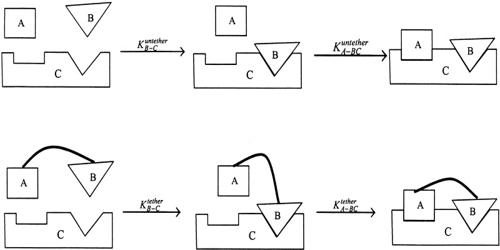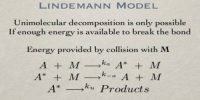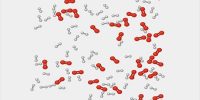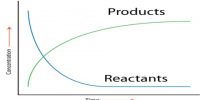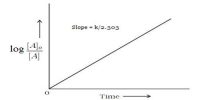Higher order reactions: The number of third order reactions is few, while reactions of higher order are practically unknown. A reaction is said to be of third order if the rate is determined by the variation of three concentration terms. In other words, the minimum number of molecules necessary for the reaction to take place is three.
The reaction 2NO + Cl2 → 2NOCl takes place in the gaseous phase with a decrease in volume and it has-been kinetically studied by observing the change of pressure as a function of time. Over a wide range of temperature and pressure the reaction has been found to be third-order. Similar procedure for the reaction 2NO + O2 → 2NO2 established it to be third-order. The reaction between NO and Br2 giving NOBr is also a third-order reaction.
Higher order reactions are rare due to:
(1) low probability of simultaneous collision of all the reacting species
(2) increase in entropy and activation energy as more molecules are involved
(3) shifting of equilibrium towards reactants due to elastic collisions
(4) loss of active species on collision
